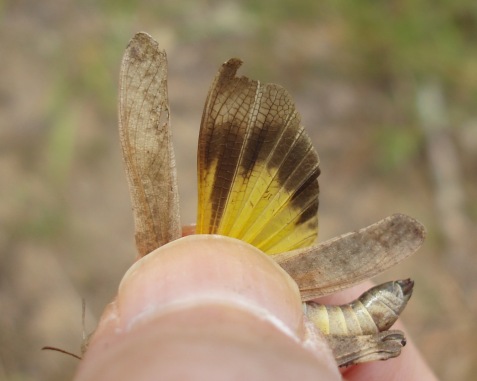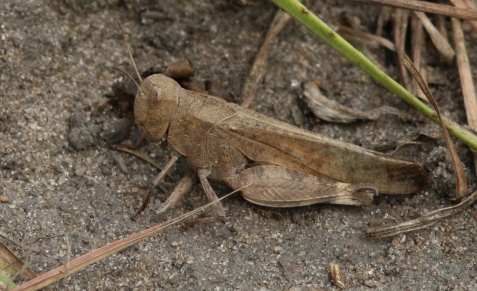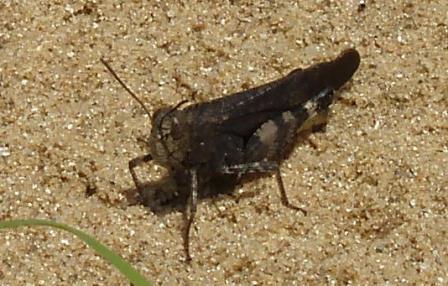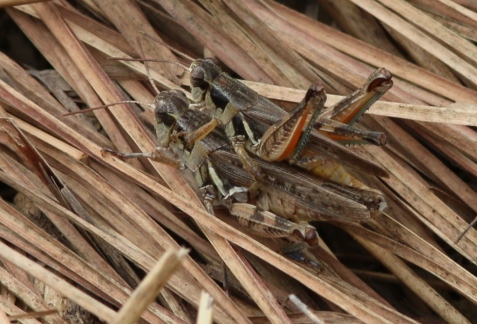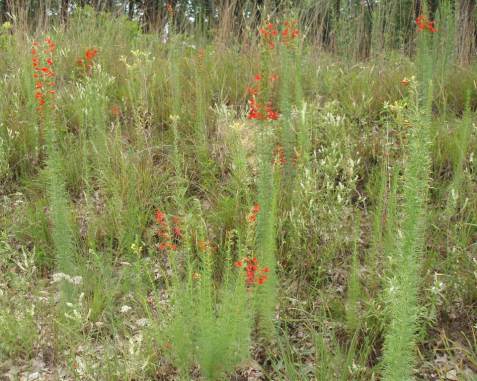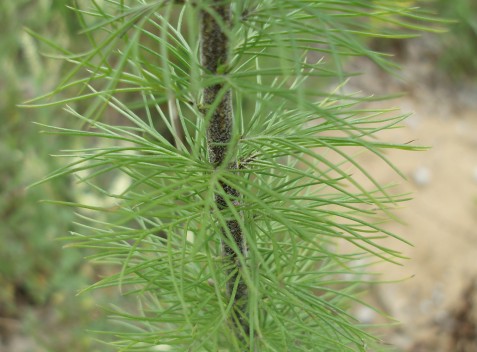by Carl A. Strang
Each year the Indiana Academy of Science co-hosts a bioblitz somewhere in that state. This year’s site was The Center at Donaldson, which includes a retreat center and Ancilla College, plus surrounding properties. I always take the singing insects in this annual 24-hour count of species, but no one came to cover Lepidoptera or Odonata in 2019, so I appended them to my commitment. That is just as well, because these events are scheduled early enough in the season that few singing insects have reached the adult stage.
Two of the five singing insect species I found were common early species that were nearly finished, two were common mid-season species recently coming into song, and one of them provided an observation of significance. The eastern striped cricket is thinly scattered in northwest Indiana, possibly expanding into that region from the south or west. A single male singing in the evening provided a Marshall County record, a full county’s width farther east than I have observed them before.
I enjoyed re-acquainting myself with the beauty of dragonflies, damselflies, butterflies and moths, and photographed many of them.
I encountered a few moths during the day, but most came to my ultraviolet light setup in the forest, or the Purdue team’s assorted bright lights in the open. Moths are underappreciated for their beauty, diversity, and ecological significance.
Along the way I encountered a few other species to add to the species count.






























